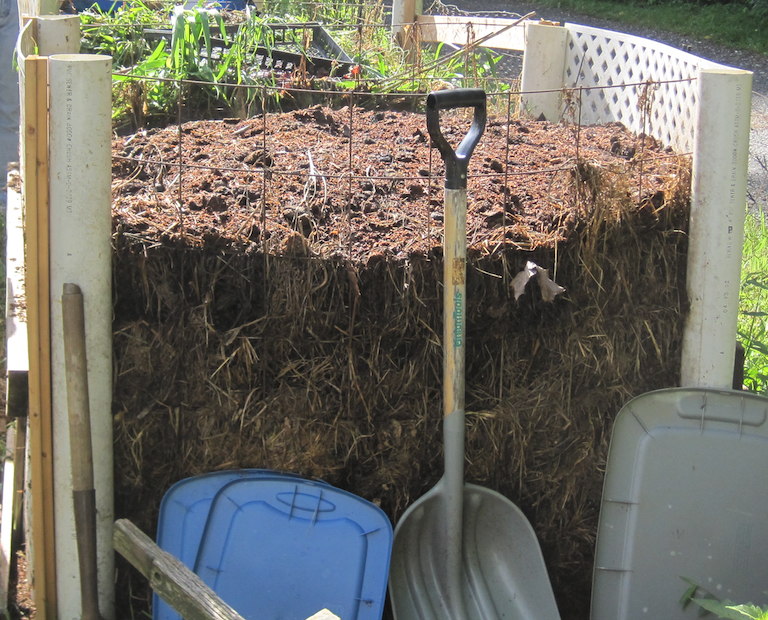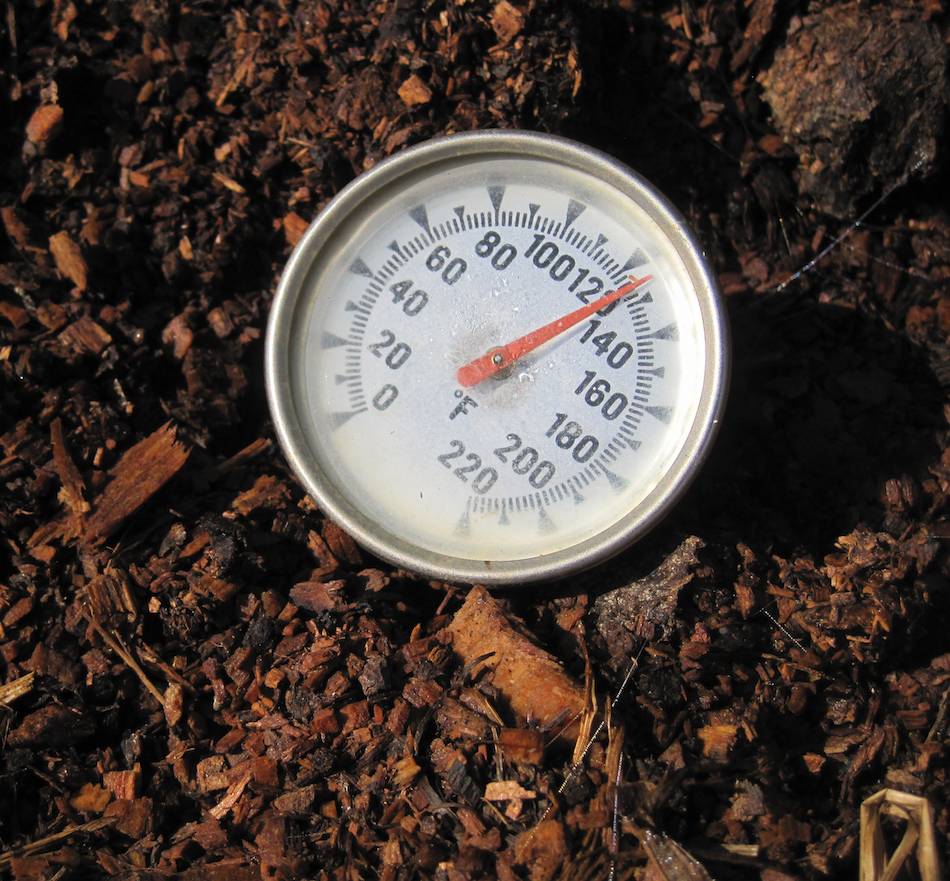Fallen Leaves…Try Composting
go.ncsu.edu/readext?750513
en Español / em Português
El inglés es el idioma de control de esta página. En la medida en que haya algún conflicto entre la traducción al inglés y la traducción, el inglés prevalece.
Al hacer clic en el enlace de traducción se activa un servicio de traducción gratuito para convertir la página al español. Al igual que con cualquier traducción por Internet, la conversión no es sensible al contexto y puede que no traduzca el texto en su significado original. NC State Extension no garantiza la exactitud del texto traducido. Por favor, tenga en cuenta que algunas aplicaciones y/o servicios pueden no funcionar como se espera cuando se traducen.
Português
Inglês é o idioma de controle desta página. Na medida que haja algum conflito entre o texto original em Inglês e a tradução, o Inglês prevalece.
Ao clicar no link de tradução, um serviço gratuito de tradução será ativado para converter a página para o Português. Como em qualquer tradução pela internet, a conversão não é sensivel ao contexto e pode não ocorrer a tradução para o significado orginal. O serviço de Extensão da Carolina do Norte (NC State Extension) não garante a exatidão do texto traduzido. Por favor, observe que algumas funções ou serviços podem não funcionar como esperado após a tradução.
English
English is the controlling language of this page. To the extent there is any conflict between the English text and the translation, English controls.
Clicking on the translation link activates a free translation service to convert the page to Spanish. As with any Internet translation, the conversion is not context-sensitive and may not translate the text to its original meaning. NC State Extension does not guarantee the accuracy of the translated text. Please note that some applications and/or services may not function as expected when translated.
Collapse ▲The leaves have fallen and Autumn is here so now is the perfect time to try your hand at composting! A common recipe for many is to add fallen leaves, with a bit of food scraps, a touch of yard waste, and a good dose of water. Mix occasionally as compost pile temperatures rise. Set your calendar for 3 weeks to several months as you watch and wait for the emergence of “brown gold,” a wonderfully rich and nutrient-filled compost!
Sounds easy right? Well, before diving too deeply into details, let’s first discuss the basics. Composting is a naturally occurring process in which microorganisms and soil invertebrates chemically and physically break down yard waste, such as leaves and grass clippings into a valuable soil amendment or mulch. Gardeners have used compost for centuries to improve soil structure, fertility, water-holding capacity, aeration, and root development in plants. Plants that benefit from compost include seedlings, potted plants, garden crops, field crops, and landscape trees and shrubs.
Composting occurs naturally, but can be accelerated and improved by controlling environmental factors. To produce compost efficiently several conditions must be met. Microbes such as bacteria and fungi along with worms and insects need oxygen, water, and nitrogen for proper decomposition to take place. Particle size also affects efficiency. The smaller the plant pieces, the more rapidly they will break down. Use a chipper or lawnmower to chop up leaves and small twigs before adding them to the pile.
Mature compost is dark brown or black, crumbly, and has an earthy smell. Locate your compost pile or container close to where it will be used so it won’t interfere with activities in the yard or offend neighbors. Piles work best where it is somewhat protected from drying winds, yet receives partial sunlight for heat. When building your compost pile, think layers! Rich compost is created by layering browns (dead leaves and newspaper) and greens (fresh yard clippings and kitchen scraps) into piles or containers. As you layer, remember to add nitrogen (e.g., fertilizer or manure) and two handfuls of soil along with watering your pile to the point of being moist, but not soggy. Repeat this layering process until the pile reaches a height no greater than 5 ft by 5 ft. Remember microbes thrive best at a Carbon (C) to Nitrogen (N) ratio of 30:1. This means for every 30 parts carbon (brown), add 1 part nitrogen (green).
A finely tuned compost pile will generate heat with temperatures between 130 and 160° Fahrenheit. As the center cools, turn the pile with a pitchfork or shovel to ventilate and help speed decomposition. You will need to do this every three days until the batch is finished. Remember to water your pile if its moisture content reaches below 40-60%.
A well-managed compost pile will be ready in several weeks if diligent in turning the pile every 3 days. It takes several months if you aerate the pile weekly and one year if the pile is left alone.
Avoid composting the following items such as meats, bones, fish, eggs and dairy products, pet feces, plant material treated with pesticides, peanut butter, and cooking oil or animal fats as any of these may attract animals and create smelly odors from your compost.
Compost is ready to use when it has a dark crumbly earthy look crawling with insects and worms. Allow the pile to sit for at least 3 weeks to make sure the decomposition process has stabilized then utilize your finished product as a soil amendment, mulch, in potting mixes, or as compost tea. For more information about the composting process contact the N.C. Cooperative Extension, Macon County Center at 828 349 2046 or email clbreden@ncsu.edu.
Resource Links
NCSU Home and Backyard Composting

Compost Pile

Compost Thermometer




